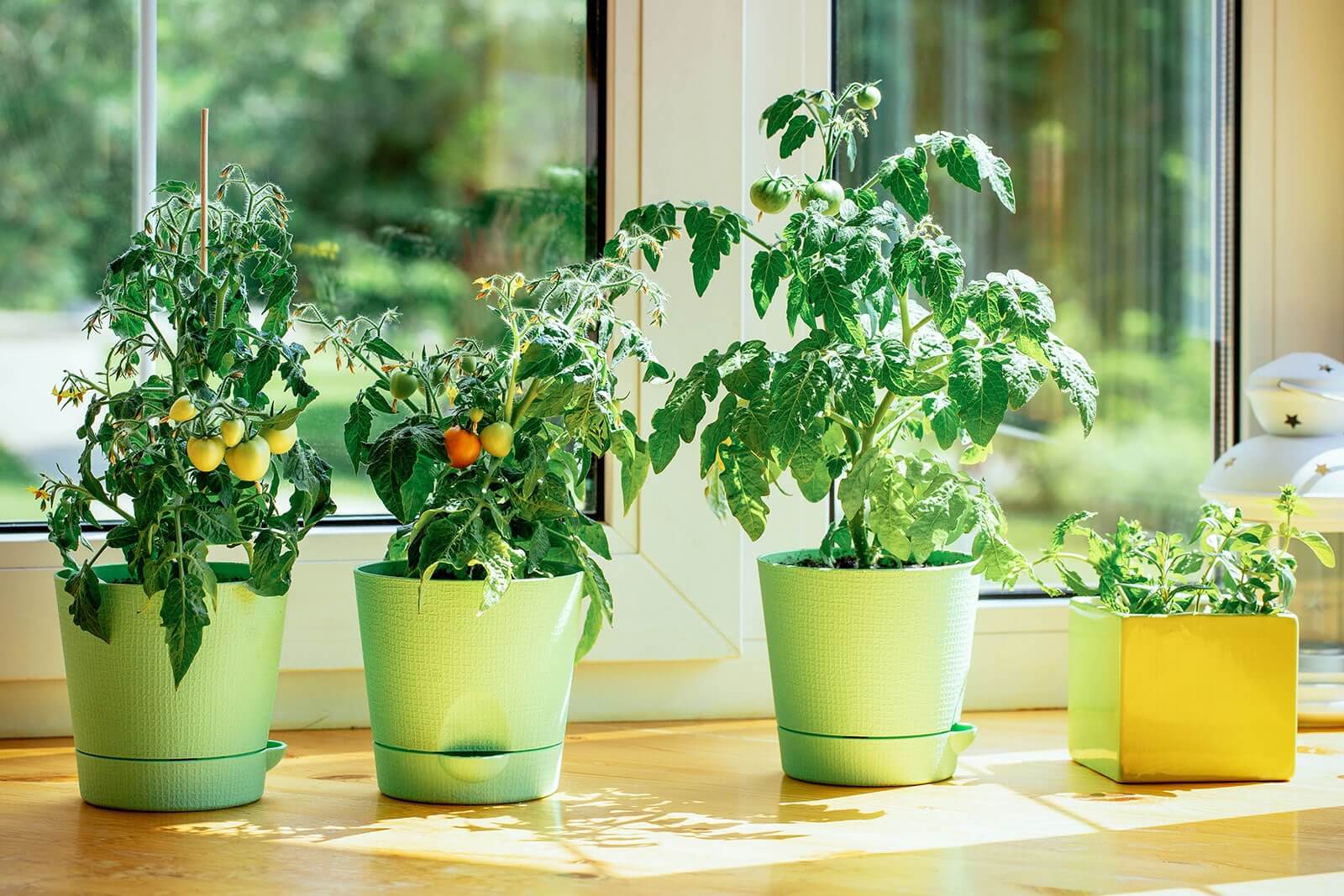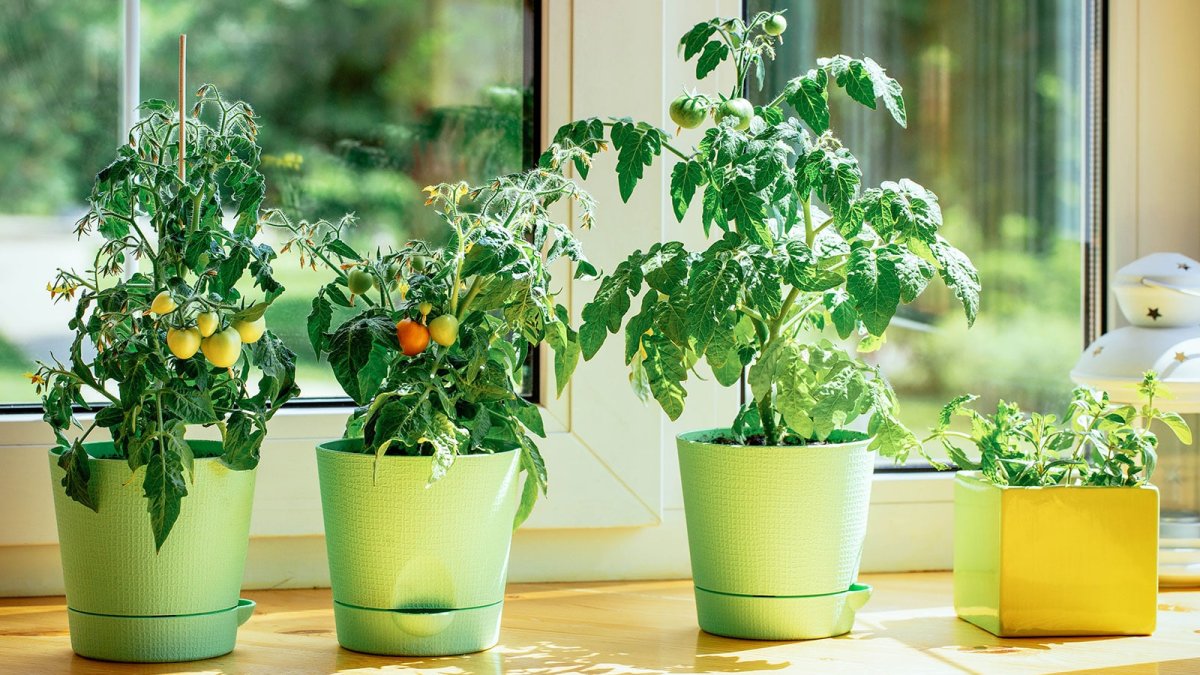
There are many reasons why people choose to have houseplants in their homes; in fact, over 70% of American households report having at least one plant in their homes. From health and well-being benefits to natural beauty in your interior decorating, the role of houseplants in homes is important. Whether you have a strong green thumb and a beautiful outdoor garden or are just looking to dip your toes into growing plants indoors, some tips and tricks can ensure your plans stay alive and thrive. Keep reading to master the art of growing plants successfully inside your home.
Recognizing Water Needs
Not all house plants require the same attention, care, or water level, so recognizing when your plants need to be watered is essential to growing them inside. While it can be tempting to water your plants with enthusiasm, it’s counterintuitive, as overwatering them is more harmful than underwatering. Most house plants thrive better when the soil is slightly dry rather than soaking wet. Root rot is a common concern and problem that house plants can develop; once a week or twice a week is your best bet for conventional house plants. If you own rare plants, a little study of their needs is essential to help them thrive.
The Right Light
Plants require light for photosynthesis, but different house plants require different lighting levels. Except for succulents, conventional house plants need indirect and mild light rather than high and direct lighting. Easy plants that survive in especially low-light conditions, like the ZZ plant, pothos, or snake plant, are excellent interior house plants for homes that don’t receive a lot of lighting. Traditional light bulbs that you use in your home will not be effective in providing light to house plants, so if you want to cultivate plants with higher light needs, you’ll need to invest in fluorescent or LED grow lights that mimic the natural solar spectrum.
Hydroponic Seeds
Many people do not have the space for an outdoor garden, so the plants they’re interested in growing inside are fruits and vegetables. While this may seem daunting, it’s easy with the right tools and a little bit of know-how, and millions of people worldwide do it every day. Investing in an indoor gardening kit complete with hydroponics seeds, grow lights, and stands can produce bountiful, healthy, and fresh food for you and your family all year. No more worrying about what’s in the season when you’re growing indoors; you can’t beat that!
Fertilizing Nutrients
To maximize the growth and health of your indoor plants, replenishing the nutrients in the potting soil is essential through fertilization. Generally, you fertilize your house plants once a month when they’re flowering, but during the winter months, plants go into a stagnant state, and you can pause your fertilizer routine altogether. While specific and less common plants may require a tailored type of fertilizer or schedule, generally, a one-size-fits-all, all-natural, and toxin-free fertilizer should work for all houseplants.
Perfect Potting
Choosing a pot is more than just selecting something you like the aesthetic of. You need to consider the shape, material, and draining capacity of the pots you use for your indoor plants. You need to use a pot appropriate for your plant’s current size and repot as your plant grows. If you start a plant out in a pot that’s too large, its roots will not be able to absorb the moisture that drains through the soil. Whether you go with a plastic or terracotta pot is a personal decision, but you want to ensure that your pots have drainage holes at the bottom.
Quality Soil
The proof is in the pudding, and using high-quality soil will prove that the fruits of your gardening effort are worth it. High-quality soils will help your plant’s roots grow and give the ideal balance of nutrition, aeration, and hydration absorption. Many variations of potting soil mixes include shredded bark, perlite, peat moss, and other ingredients. Visiting a local nursery to educate yourself on the soil types is a great first step to growing your indoor house plants. Avoid generic potting soils whenever possible.
Even if you consider yourself somewhat of a brown thumb right now, by taking into account the tips to successfully grow indoor plants, you’ll be boasting a green thumb in time. Now get growing!
Emily Hawthorne
Related posts
Stay connected
- How LoveOn Chat Is Becoming the Most Versatile AI Companion for Digital UsersThe internet keeps shifting toward hyper-personal interaction, and AI companions are at the center of this shift. What used to be simple chatbots are now evolving into emotionally aware, adaptive, and multi-functional digital partners. Among the new generation of platforms, LoveOn Chat is becoming one... The post How LoveOn Chat Is Becoming the Most Versatile […]

